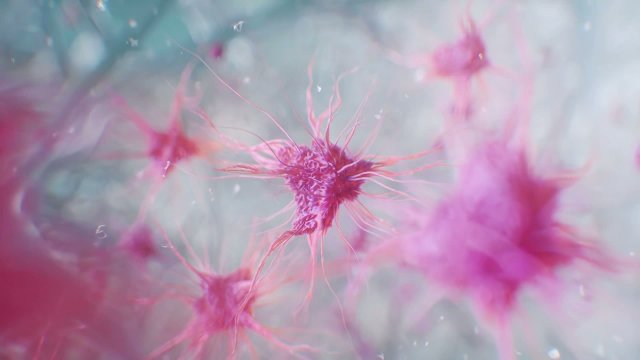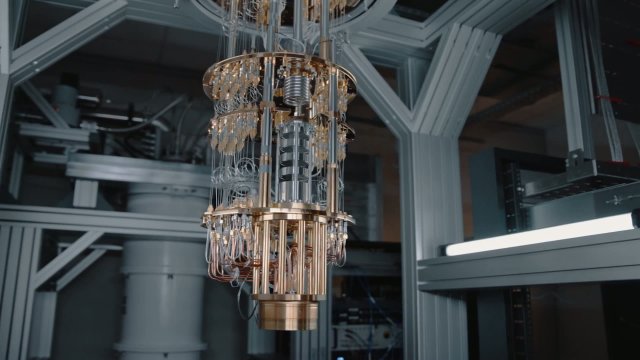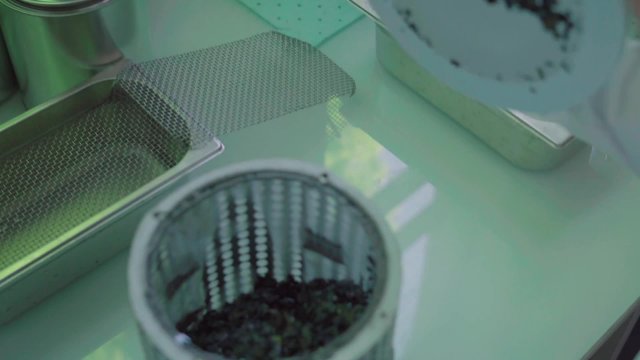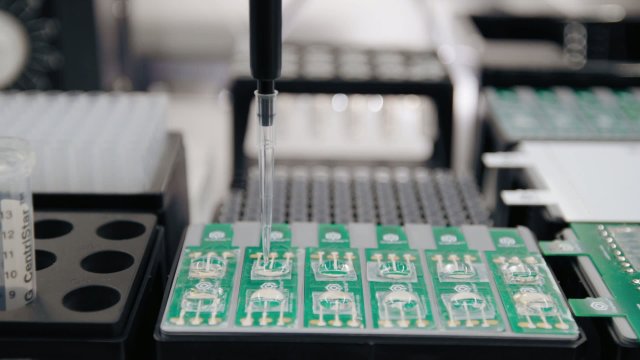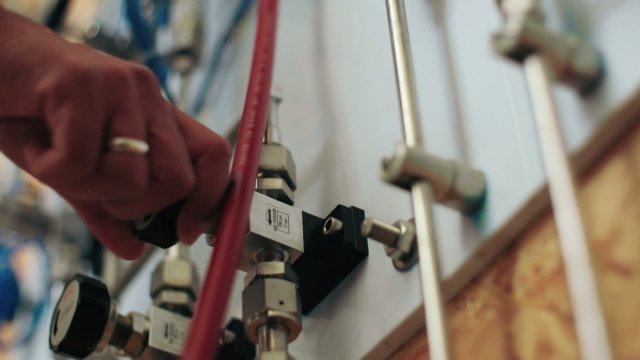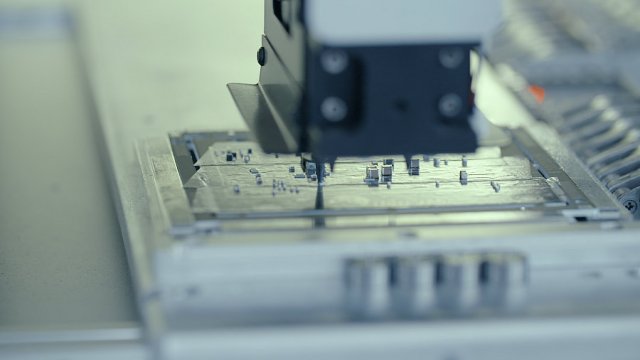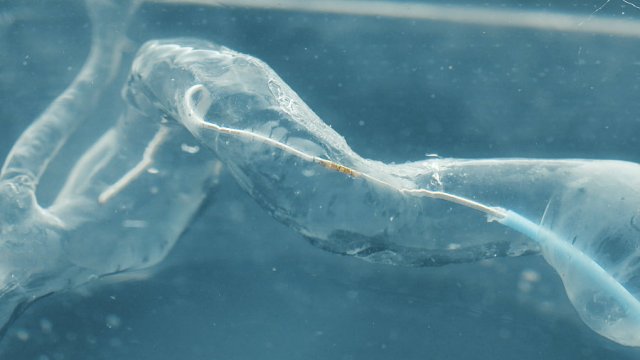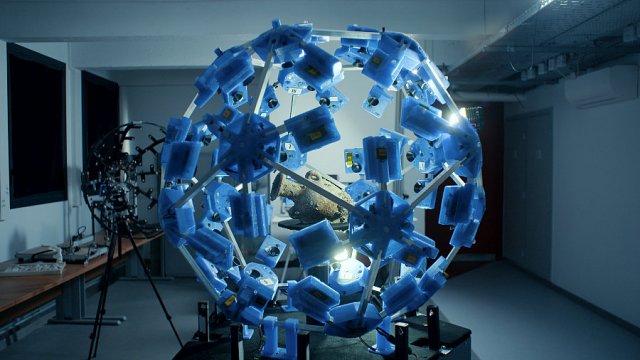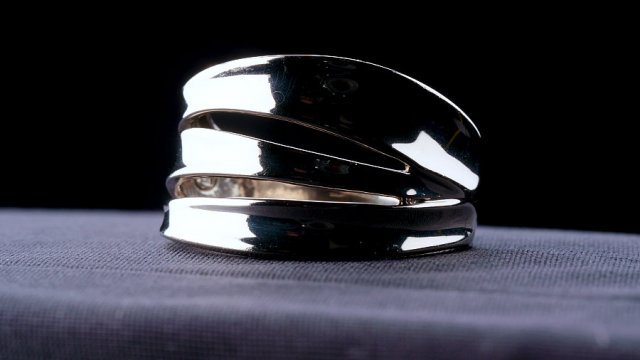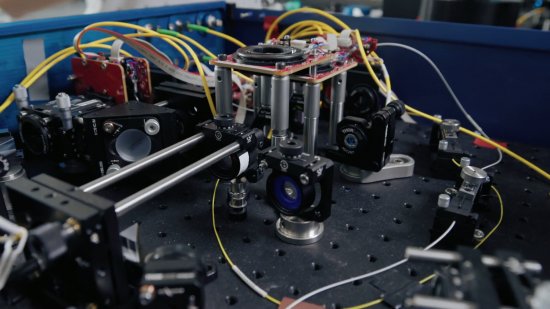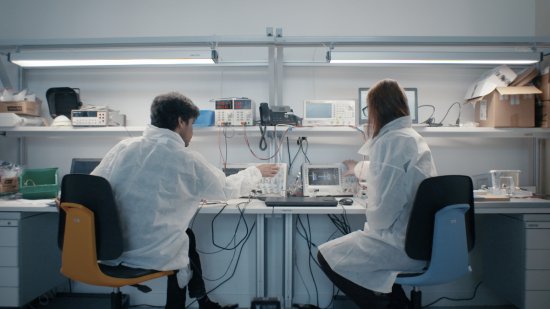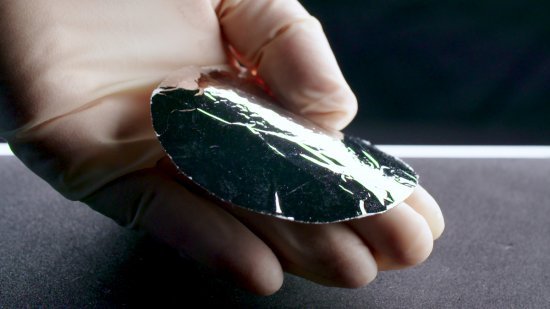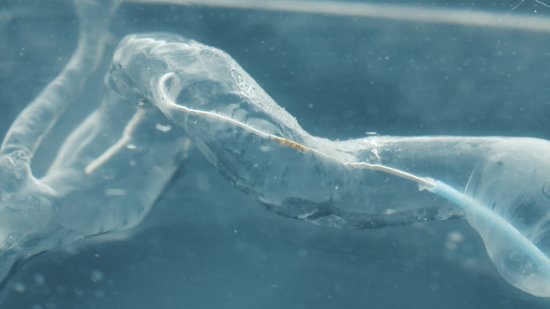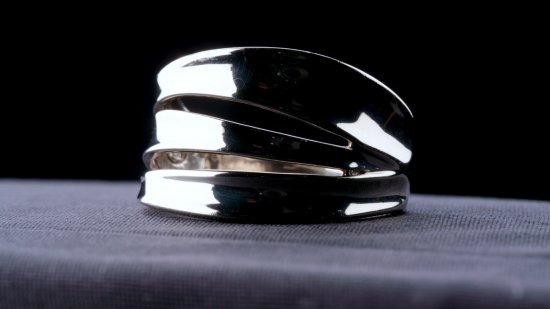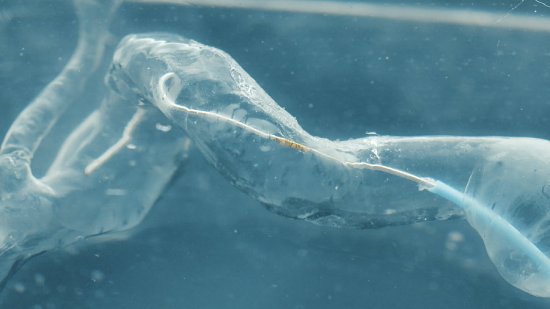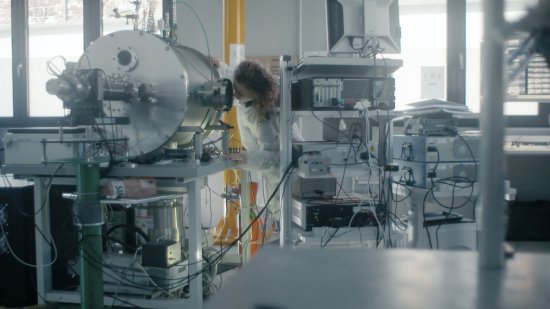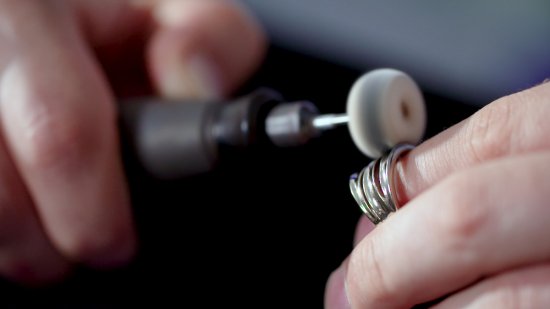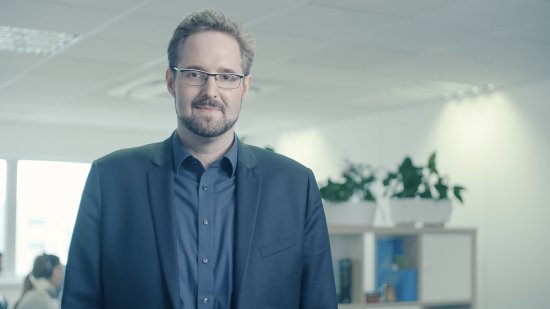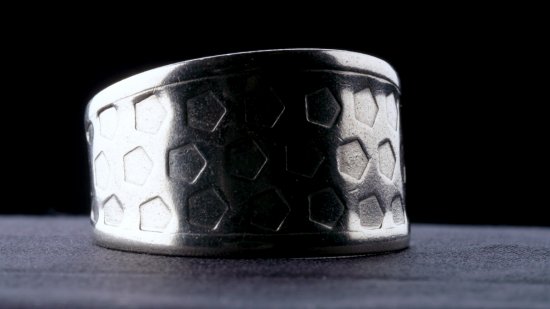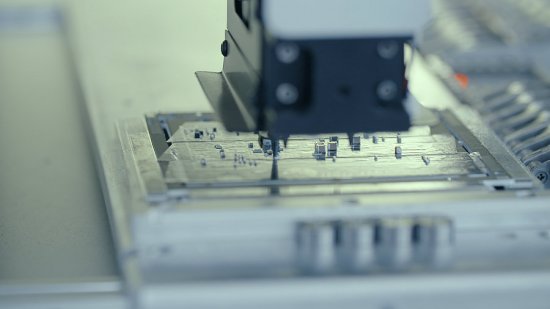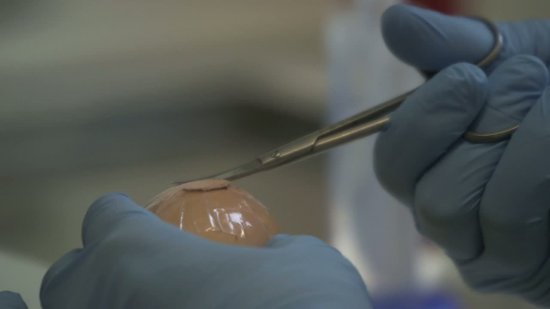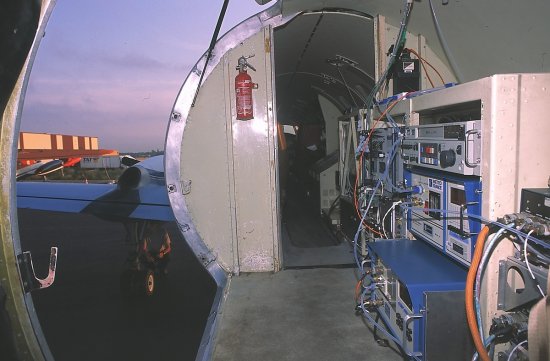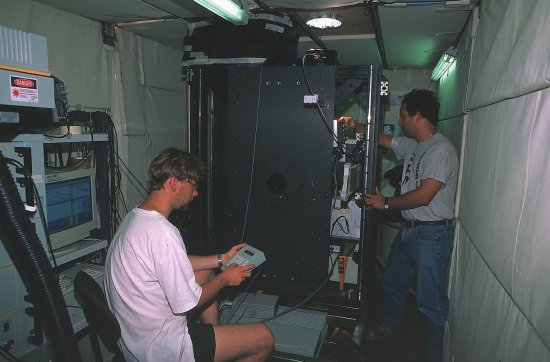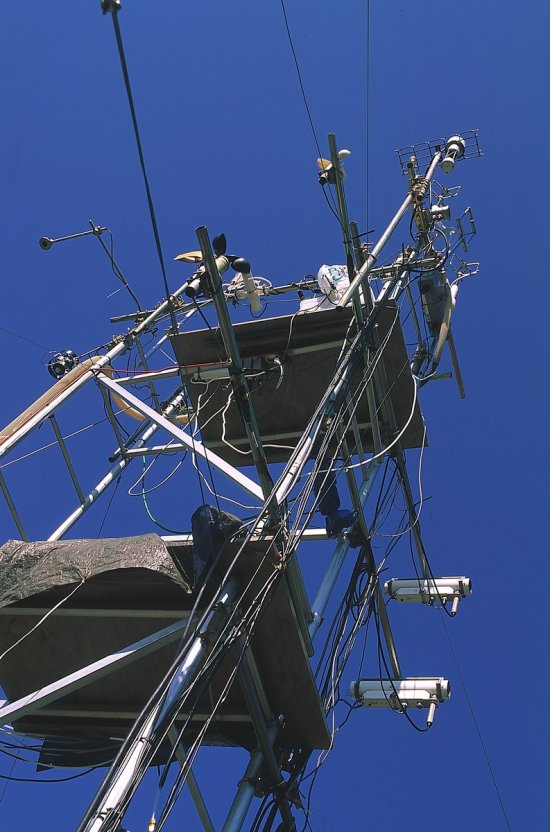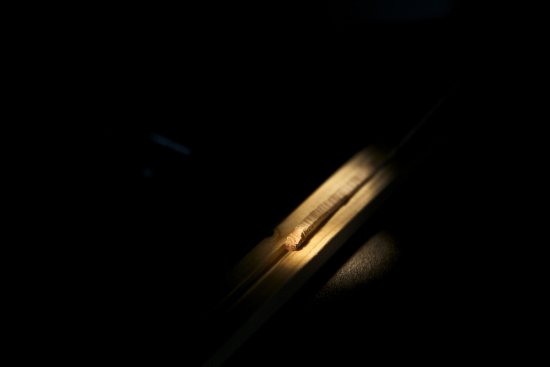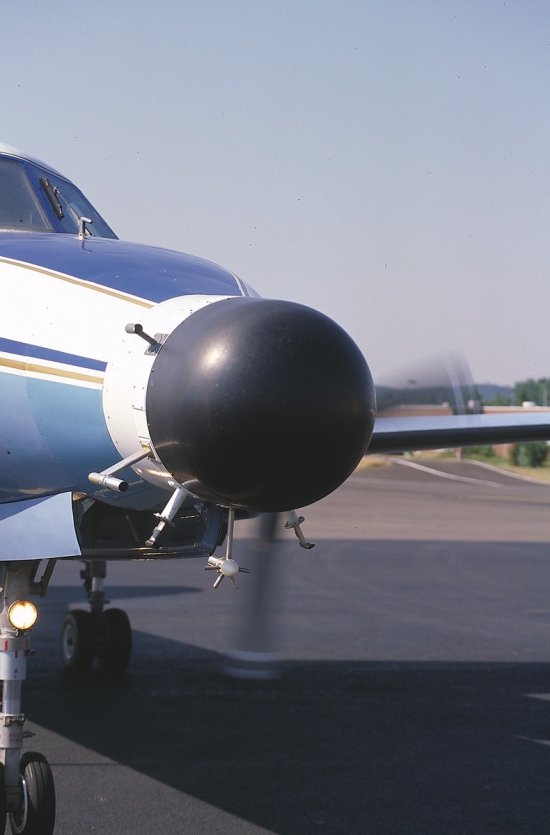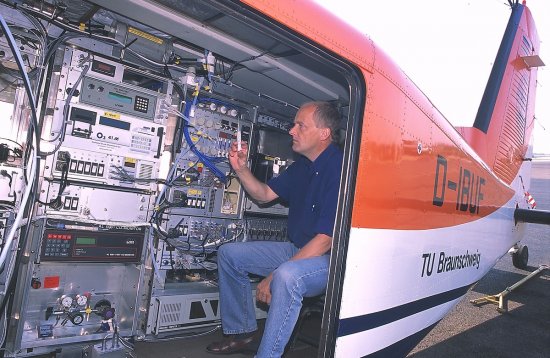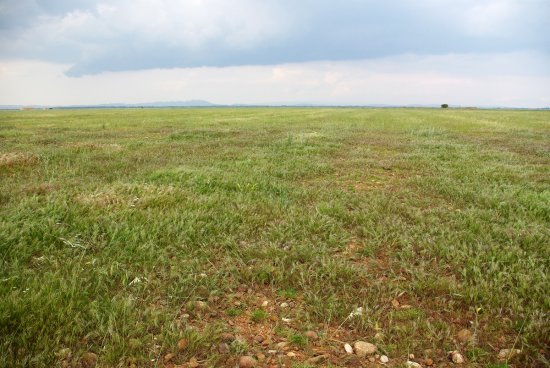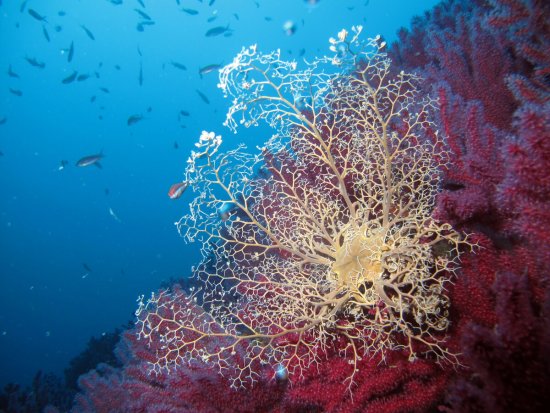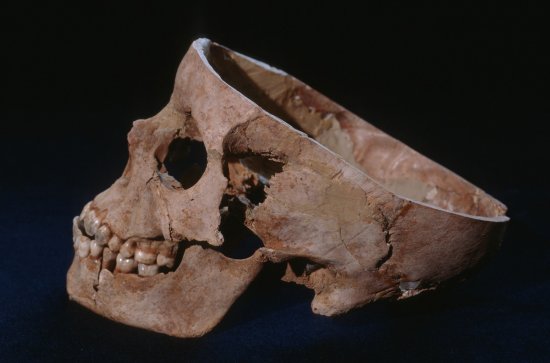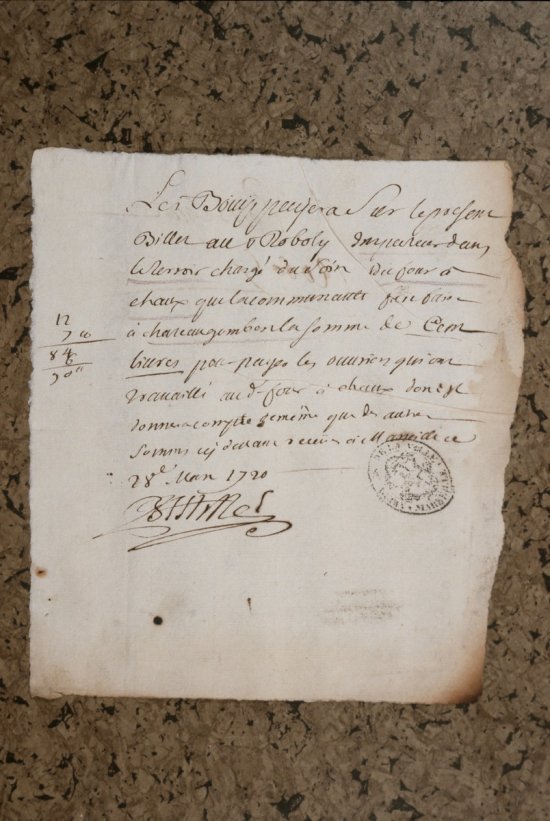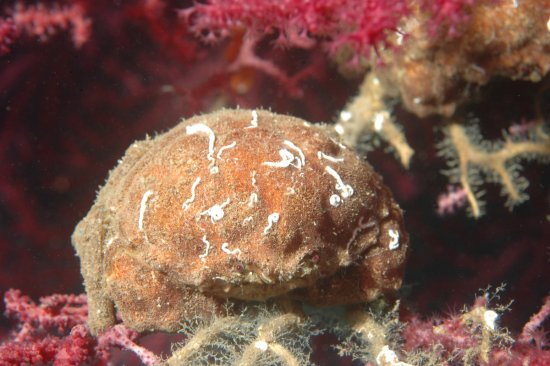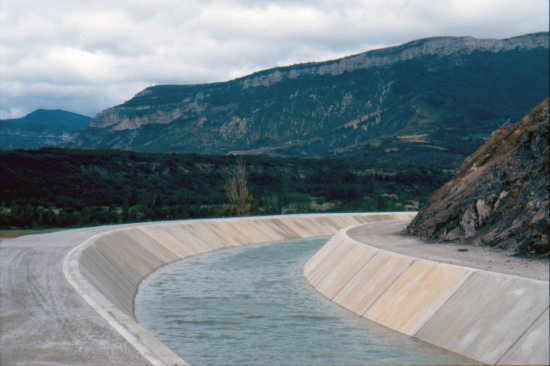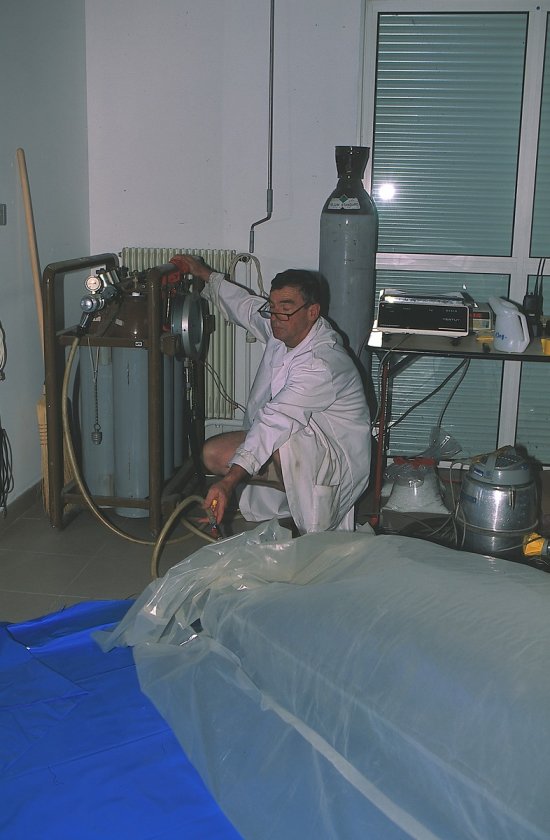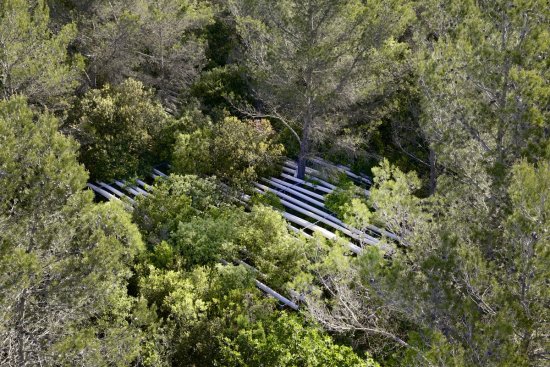Only available for non-commercial distribution
© CNRS - 2019
Reference
6740
Curve-One
Series title
De la recherche fondamentale à la deeptechCurve One specialises in the production of curved sensors for the drone, autonomous vehicle, and photography and video camera markets, as well as for astronomy and scientific instrumentation. Its sensors improve clarity, reduce distortion, and eliminate vignetting (the dark corners present on certain photos). Based on the expertise of the Laboratoire d'astrophysique de Marseille (CNRS/Cnes/Aix-Marseille Université), #CurveOne proposes a comprehensive solution for boosting images, and will be on display at VivaTech.
Duration
Production year
Définition
Color
Sound
Version(s)
Original material
The use of media visible on the CNRS Images Platform can be granted on request. Any reproduction or representation is forbidden without prior authorization from CNRS Images (except for resources under Creative Commons license).
No modification of an image may be made without the prior consent of CNRS Images.
No use of an image for advertising purposes or distribution to a third party may be made without the prior agreement of CNRS Images.
For more information, please consult our general conditions
Transcription
Curve-One, the curved sensor with a controlled
curvature
A revolution in the digital photography industry
Emmanuel Hugot
Innovation CNRS / Astrophysics Laboratory,
Marseille
Interview of Emmanuel Hugot :
At the moment, flat sensors are used, they
suffer from distortion and a loss of sharpness
at the corners, and speckling in low light. After
7 years of research and development and a
series of patents we can now eliminate these
faults in optical systems.
More economic to use, apparatus using these sensors
require fewer components and display a stunning
performance.
Interview of Emmanuel Hugot :
Because of our flat sensor we can reduce wide
angle distortion, eliminate vignetting, improve the
chromatism and sharpness up to 5 times around
the edges
Sébastien Hugot
Founder of Curve One en 2018
Interview of Sébastien Hugot :
It's a new era in the image world , from digital
cameras to nano satelites, via quality control
sensors.
First of all we aim at specific areas such as
profesional drones, scientific and military
instruments and medical bio-imagery
